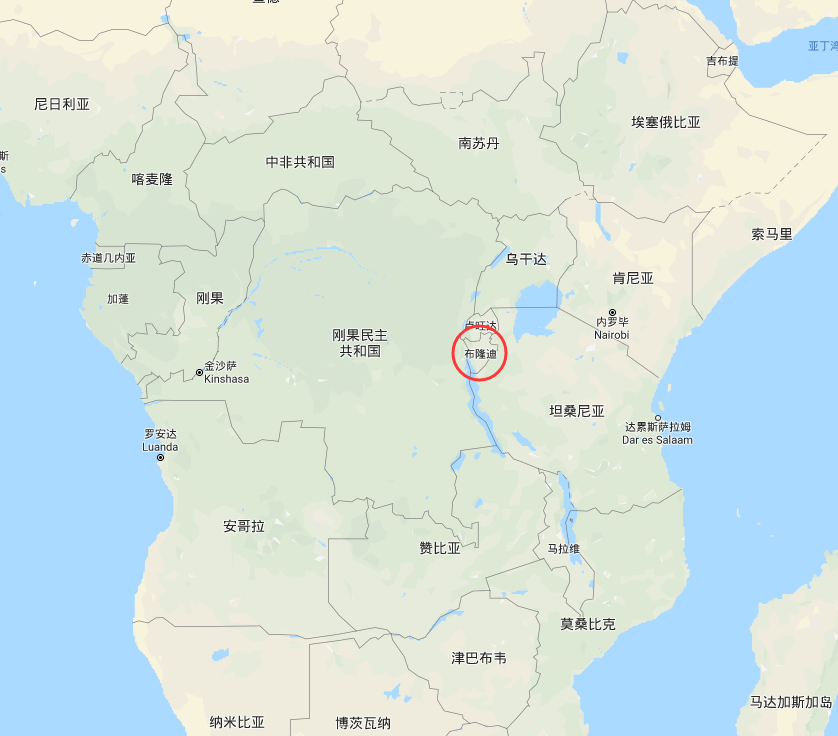What are the characteristics of Ugandan coffee | introduction to Ugandan coffee producing areas and flavor characteristics

Most of the coffee grown in Uganda (80 per cent) comes from the variety Coffea canephora var.robusta, while the remaining 20 per cent includes Arabic varieties such as Typica,SL 14 and SL 28 and Kent. The Arabica variety Bugishu / Bugisu (Arabica coffee variety bugishu) is also grown in Uganda, which grows near Sipi Falls on the Shanxi slope. Elgon, one of the largest mountains in Uganda.
Region: Uganda (Bugisu)
Growth height: 1300-2200 m
Variety: Arabica (Typica, SL 14, SL 28, Kent)
Harvest season: October-February
Treatment process: full water washing
Aroma: Woody, orange peel
Bouquet: citrus, fruity, white tea
Body: smooth
Acidity: medium

Coffee growing areas are generally divided into:
West Nile (Okoro-bordering the Democratic Republic of the Congo and Sudan to the northwest)
Northern region (lira, Gulu)
East (Mbale, Bugisu-bordering Kenya)
Central and southwestern (Jinja, Mukono, Kampala, Massaca-Lake Victoria)
Western region (Kasese, Mbarara-bordering the Democratic Republic of the Congo)
The western region produces a lot of Arabica coffee, which grows well at high altitudes, including Mount Ruwenzori (Mount Rwenzori) (in fact, the top of Mount Ruwenzori snows).
Flavor
A cup of easy-brewed Bugisu coffee is similar to a good cup of East African coffee, with sweet chocolate flavor and rich taste. In general, Ugandan coffee is of low complexity and lighter taste, so it is generally of poor quality compared with quality coffee from neighboring Zimbabwe, Tanzania or Kenya.
Lobusta in the Lake Victoria basin is well suited for clay-rich soils and benefits from some of the high elevations in the region. Their acidity is higher than that of Robbins towers grown at low elevations, so they are a good choice.
Important Notice :
前街咖啡 FrontStreet Coffee has moved to new addredd:
FrontStreet Coffee Address: 315,Donghua East Road,GuangZhou
Tel:020 38364473
- Prev

What are the characteristics of Rwandan coffee? introduction to the producing areas and taste and flavor of Rwandan coffee beans
In some ways compared with Kenyan coffee, Rwandan coffee tends to be quite subtle with delightfully sweet, caramel aromas and hints of citrus (lemons, oranges). Overall, Rwandan coffee is rated higher than neighboring Zimbabwean and Zambian coffee, although it has not yet received Kenya and Tanzania
- Next

Introduction to the origin of Yemeni coffee | characteristics of Yemeni coffee varieties. What is mocha coffee?
In the mountains of the central to southern parts of the Arabian Peninsula, several high-quality coffees are grown in Yemen near the Red Sea. In the region, Yemeni coffee is still growing, much less than the peak. Terraces, like rice paddies and vineyards in other countries, are carved on the hills, so they can be easily trimmed and harvested, looking like a vast manor. Mocha
Related
- Detailed explanation of Jadeite planting Land in Panamanian Jadeite Manor introduction to the grading system of Jadeite competitive bidding, Red bid, Green bid and Rose Summer
- Story of Coffee planting in Brenka region of Costa Rica Stonehenge Manor anaerobic heavy honey treatment of flavor mouth
- What's on the barrel of Blue Mountain Coffee beans?
- Can American coffee also pull flowers? How to use hot American style to pull out a good-looking pattern?
- Can you make a cold extract with coffee beans? What is the right proportion for cold-extracted coffee formula?
- Indonesian PWN Gold Mandrine Coffee Origin Features Flavor How to Chong? Mandolin coffee is American.
- A brief introduction to the flavor characteristics of Brazilian yellow bourbon coffee beans
- What is the effect of different water quality on the flavor of cold-extracted coffee? What kind of water is best for brewing coffee?
- Why do you think of Rose Summer whenever you mention Panamanian coffee?
- Introduction to the characteristics of authentic blue mountain coffee bean producing areas? What is the CIB Coffee Authority in Jamaica?

